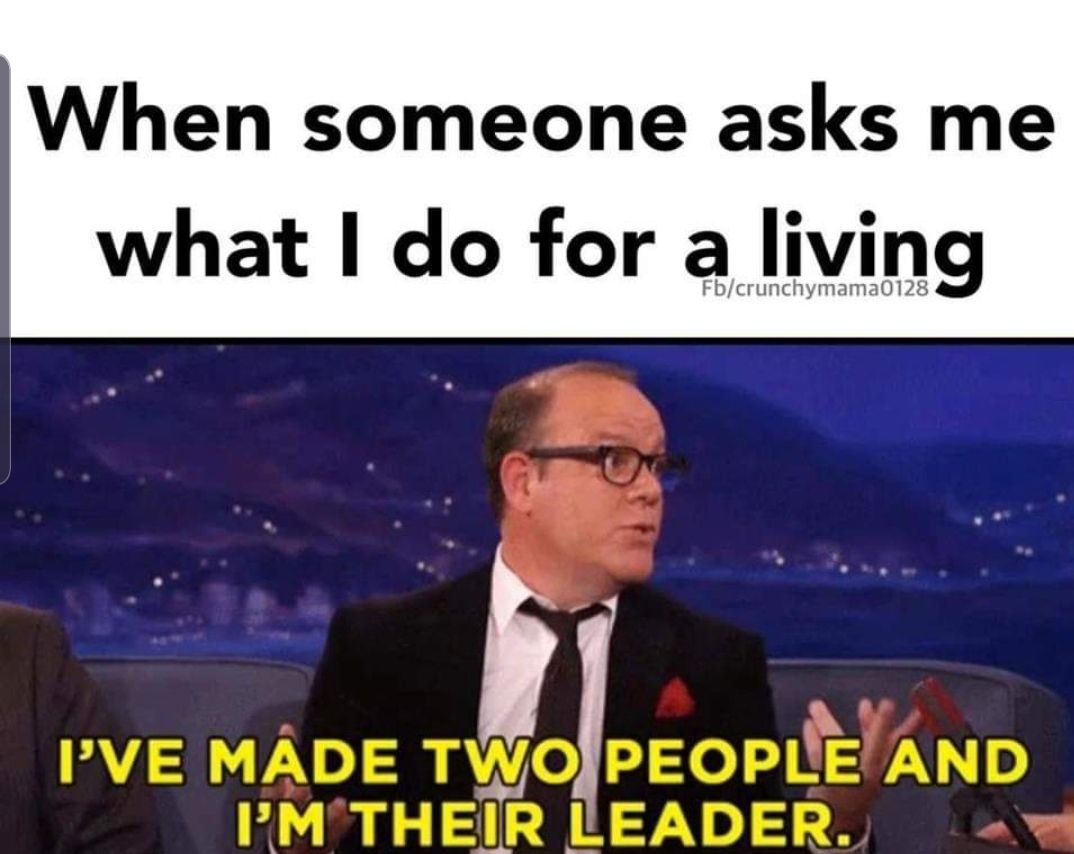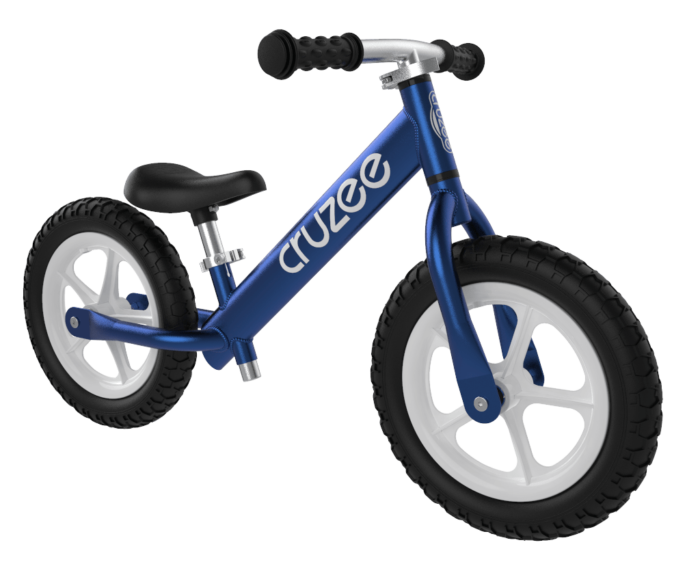parenting
256 readers
1 users here now
A space to discuss how to be and act as a parent and how to survive it all
founded 3 years ago
MODERATORS
1
2
3
4
5
6
7
8
1
Cooperation over Coercion: The Importance of Unsupervised Childhood Play for Democracy [2015]
(cosmosandtaxis.files.wordpress.com)
9
10
11
12
13
14
15
16
18
19
20
1
Immediate skin-to-skin contact with unstable newborns improves chances of survival
(medlifestyle.news)
21
1
Study finds alarming levels of ‘forever chemicals’ in US mothers’ breast milk
(www.theguardian.com)
23
24
25
view more: next ›


